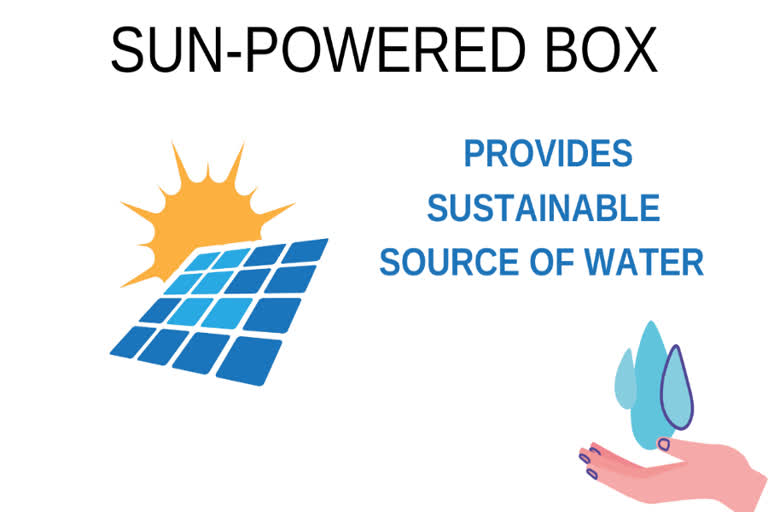New Scientist: Alina LaPotin at the Massachusetts Institute of Technology and her colleagues developed the apparatus. It contains a material called a zeolite, which takes up water vapour from the air at night. During the day, heat from the sun hits a solar collector and drives the release of the water from the material so it is suitable for use.
Because the zeolite is very porous and has a large internal surface area, it can adsorb the tiny quantities of water held in almost dry air, says LaPotin. Modelling based on initial tests of her team's device predicts it could produce water from air with relative humidity as low as 20 per cent – levels seen in deserts. Existing atmospheric water harvesting devices, such as fog harvesting and dewing systems, only work at relative humidity levels of at least 50 per cent.
